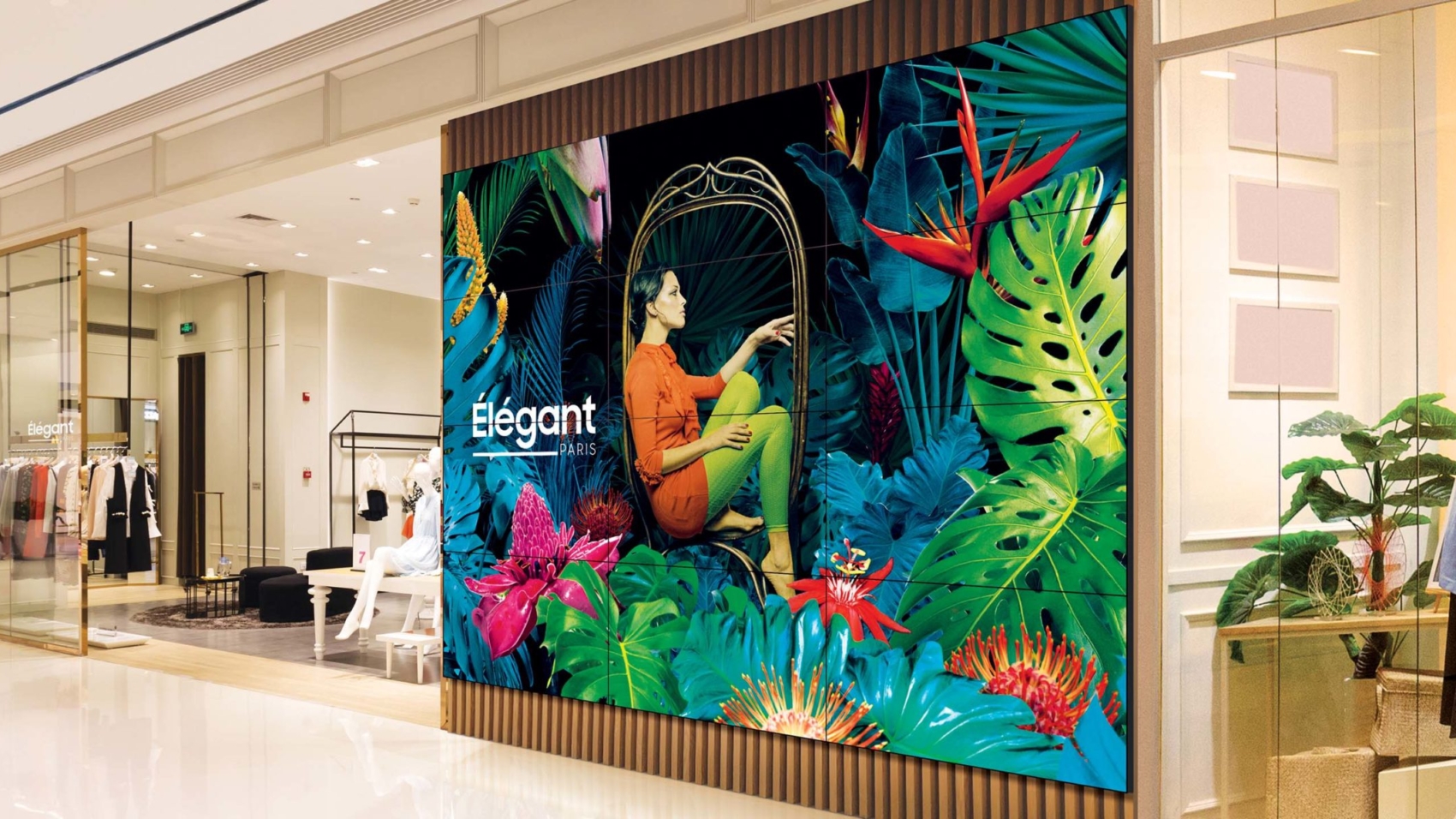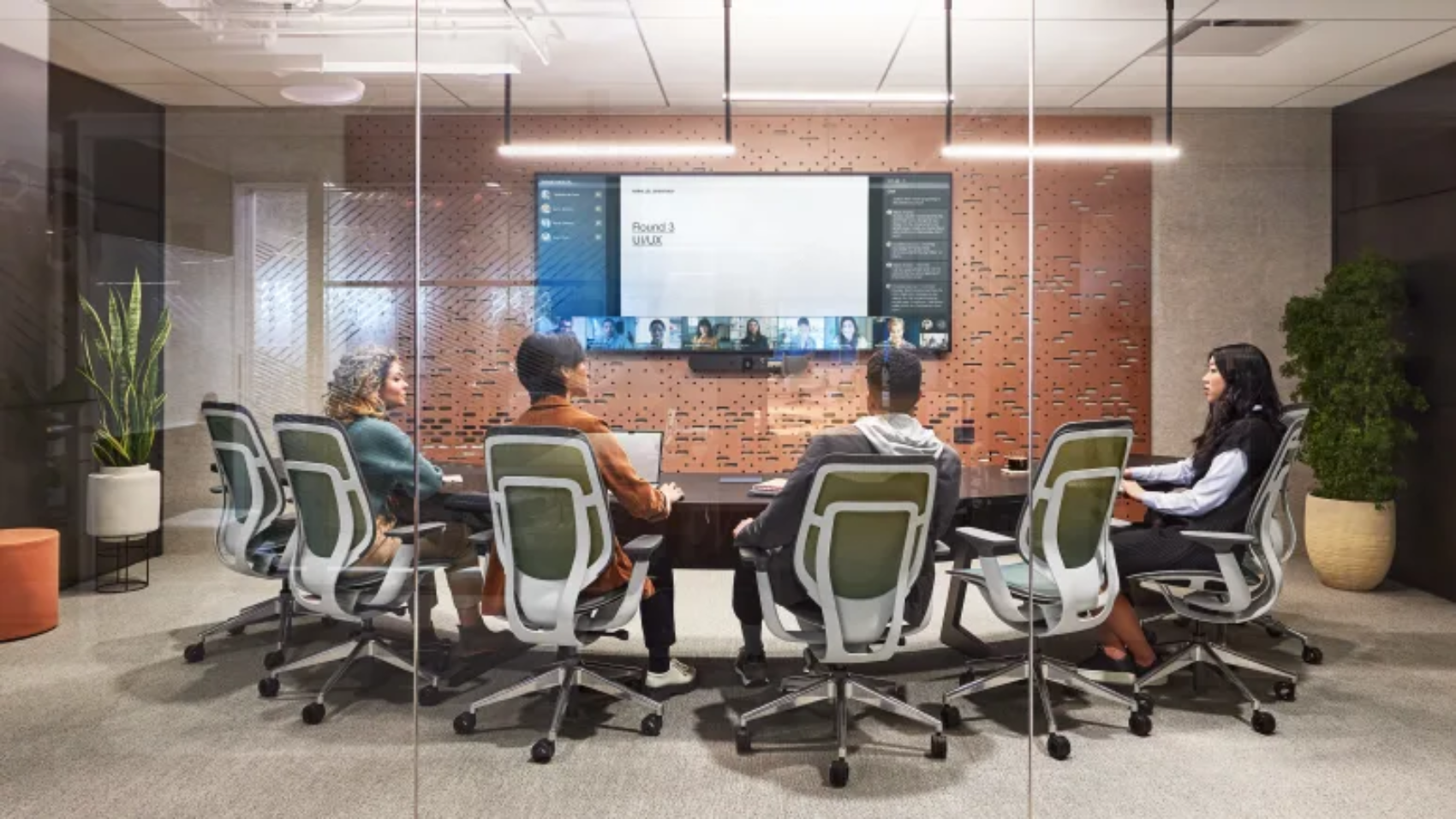Whether or not you have ever heard the term “digital signage,” chances are you have seen it in use. In today’s fast-paced environment, companies, schools, hospitals, and government organizations use digital displays to share information in various ways.
Whether displaying maps of campus or showcasing the latest product launch, digital signage is a cost-effective way to communicate with a broad audience. It can also improve customer experience, and enhance brand awareness. This article will discuss the benefits of using digital signage players in different settings.
Commercial Offices:
Have you ever seen a large video wall display in a commercial office building? The lcd video wall both captures your attention and conveys information in a visually engaging way. Talk about making a great first impression!
For this reason, digital signage displays are becoming increasingly popular in commercial offices. They offer a dynamic way to communicate with employees, visitors, and customers.
We know psychologically that the brain processes visuals faster than text, so individuals are more likely to remember what they see. By leveraging quick imagery provided through digital displays, businesses can make a lasting impression on viewers in a fraction of the time.
Some of the content companies are showing through this technology includes company news, event promotion, product showcases, and providing wayfinding information. By using digital signage players instead of traditional paper-based signage, companies can save time and money and share unlimited messages. Administrators can update digital signage in real-time to support quick changes. This allows businesses to communicate important information to their employees or customers whenever needed.
Education:
Digital signage players are an excellent tool for educational institutions to communicate with students, faculty, and visitors. Schools and universities often leverage digital displays to share schedules, promote campus events, display important safety announcements, and show maps or directions to specific buildings or rooms.
Digital displays also make a difference in the classroom by displaying educational content, such as videos and presentations. Using interactive digital signage, teachers can conduct quizzes; students can collaborate on group activities, share their comments and responses on display, and see real-time information like stock market updates.
In classrooms especially, information retention is a significant focus. Research shows that people are more likely to remember information that elicits an emotional response. When teachers share imagery that evokes emotions such as excitement, empathy, or curiosity, their students are more likely to create a connection with the content and remember what they learned. By using digital signage players, educational institutions can improve campus communication and classroom engagement.
Healthcare:
In healthcare settings, digital signage players can provide patients, visitors, and staff critical real-time information. It can also boost the trust and credibility of the hospital. It is no secret that hospitals are often stressful places full of uncertainty.
When hospitals display information professionally and with visual appeal, viewers are more likely to trust and believe that information. So whether the goal is to put people at ease or teach them pertinent health information, digital signage plays a crucial role.
Other helpful uses for digital signage include displaying wait times so patients know how long they may have to wait for assistance. Wayfinding information helps visitors discover where their loved one stays in the building, and learning where amenities like the café, gift shop, or hospital services are, just got easier.
Internally, administrators can use remote managing to update digital signage to give essential training and presentations to hospital staff. By using digital signage players, healthcare facilities can improve communication with patients and staff to improve the healthcare experience for everyone.
Government:
Government agencies increasingly use digital signs to improve communication with citizens and visitors. When capturing people’s attention, nothing does better than digital signage. Digital signage grabs viewers’ attention with its display of motion, color, and other visual elements. It keeps them engaged with your message.
Displaying real-time schedules and routes on a digital display is ideal for public transit. There are many distractions in these environments, so the display needs to be attention-grabbing.
Governments use digital signage for many purposes. They share community events at their various sites, promote tourism, and communicate emergency response and disaster relief. This ensures that the general population is able to view this information quickly and easily. Government agencies are improving their communication and engagement with citizens by using digital signage players.
Digital signage can help capture someone’s attention and make them remember your message. It can also help you emotionally connect with your content. By using digital signage players, businesses, educational institutions, healthcare facilities, and government agencies can improve communication, engagement, and the overall experience of their audience. Is digital signage right for your organization?
Receive our Newsletter
To receive our newsletter, including new editions of spaces and other digital content, fill out the form below:











